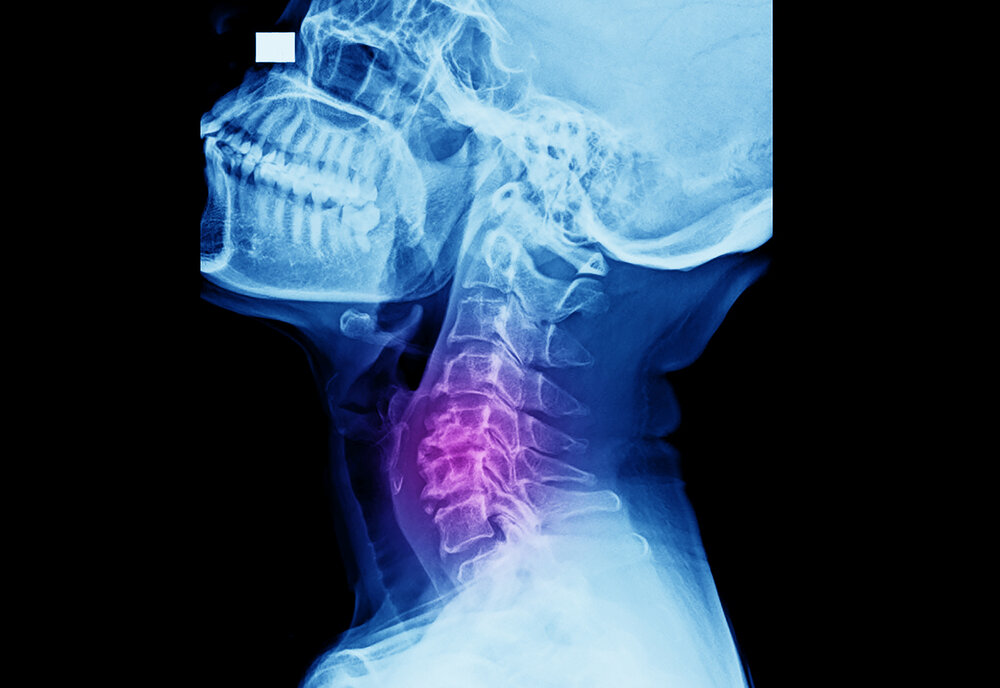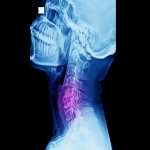Cervical radiculopathy occurs when a nerve in the cervical spine (neck) is inflamed or injured, resulting in discomfort and/or neurological symptoms. The spinal nerves exit the spinal column via openings in the vertebrae (bones of the spine) on both sides. The nerve roots that exit the spinal canal are numbered from one to eight, depending on the same vertebra numbering system that begins at 1 beneath the skull. Depending on which nerve root is destroyed, radiculopathy can produce different types of pain, tingling, and numbness in the shoulder, arm, and/or hand.
If you're suffering from radiculopathy, it's critical to understand the various causes, symptoms, and therapies available. Consult a doctor for a diagnosis as well as treatment and management of radiculopathy discomfort.

Cervical Radiculopathy: What Causes It?
Cervical radiculopathy is most commonly caused in elderly persons by changes that crop up as expected as we age, such as arthritis. Younger adults, on the other hand, are more likely to develop radiculopathy as a result of a sudden injury.
Radiculopathy can also be caused by:
1. Cervical Degenerative Disc Disease (Cervical Degenerative Disc Disease) - A deteriorated disc drops natural liquid and can develop or shrink cracks and tears in the outer layer. Overuse, an accident, or simply the wear and tear of ordinary life can all contribute to degenerative disc degeneration. Disc degeneration can cause a lack of neck motion, as well as pain and weakness in the arms and hands.
2. Cervical Herniated Disc — A herniated disc, also known as a disc bulge, happens when the gel-like center of the disc squeezes out of a split in the outer ring. By pressing down on the nerve root, a herniated disc can induce radiculopathy. Pain, weakness or numbness in the shoulders, neck, or arms are common symptoms of a herniated disc.
3. Cervical Spinal Stenosis– Spinal canal narrowing pinches the spinal cord, resulting in spinal stenosis. Tingling or numbness in the arm or hand neck pain, and trouble walking or balancing are all symptoms of cervical spinal stenosis.
Treatments that do not require surgery
Rest or a Change in Lifestyle
Minor radiculopathy symptoms may go away on their own. Avoiding strenuous activities, such as sports, may be beneficial. Some people may find relief by applying cold packs or warm gel packs to their necks. Changes in lifestyle, such as better posture, can also assist to alleviate radiculopathy's minor symptoms.
Physical Therapy is number two.
Physical therapists can assist patients in developing a stretching and exercise plan to help them cope with the symptoms of radiculopathy.
Injections or Medications
Pain relievers such as aspirin and ibuprofen are available over-the-counter. To help relieve pain, doctors can give prescription strength drugs such as muscle relaxants. Another alternative is to inject medication into the cervical spine with care (epidural steroid injection). See us at Neuroscience Specialists for cervical radiculopathy specialist.
**Disclaimer- Information presented here is not intended to be qualified medical advice. Nothing expressed herein creates a doctor-patient relationship.

